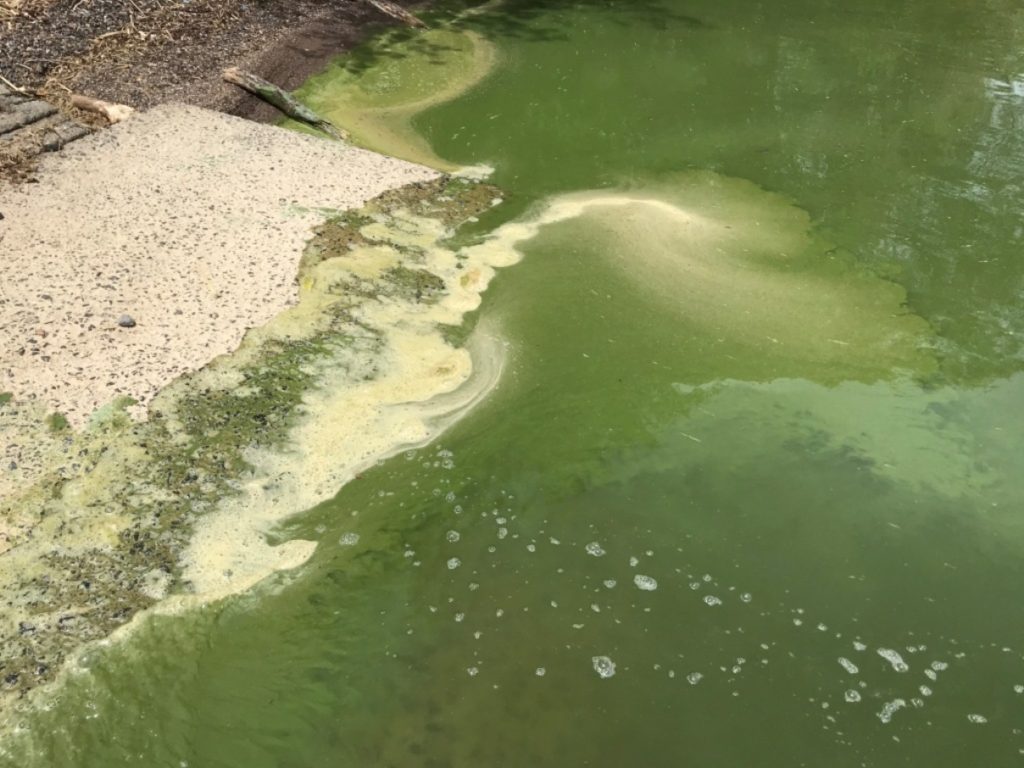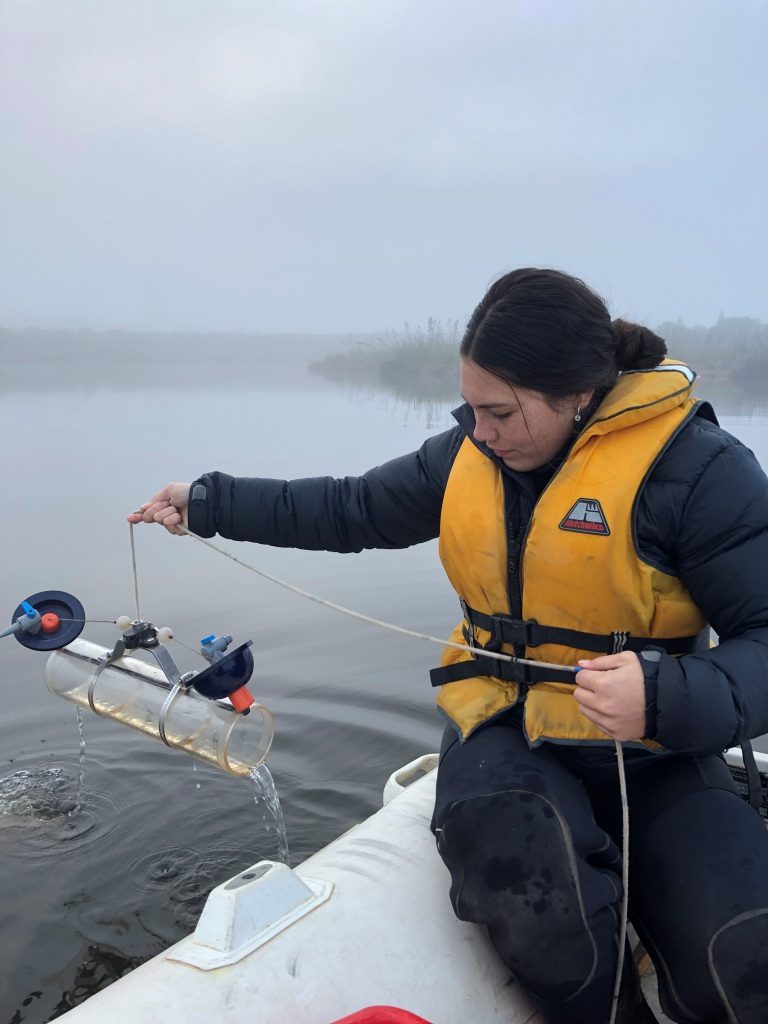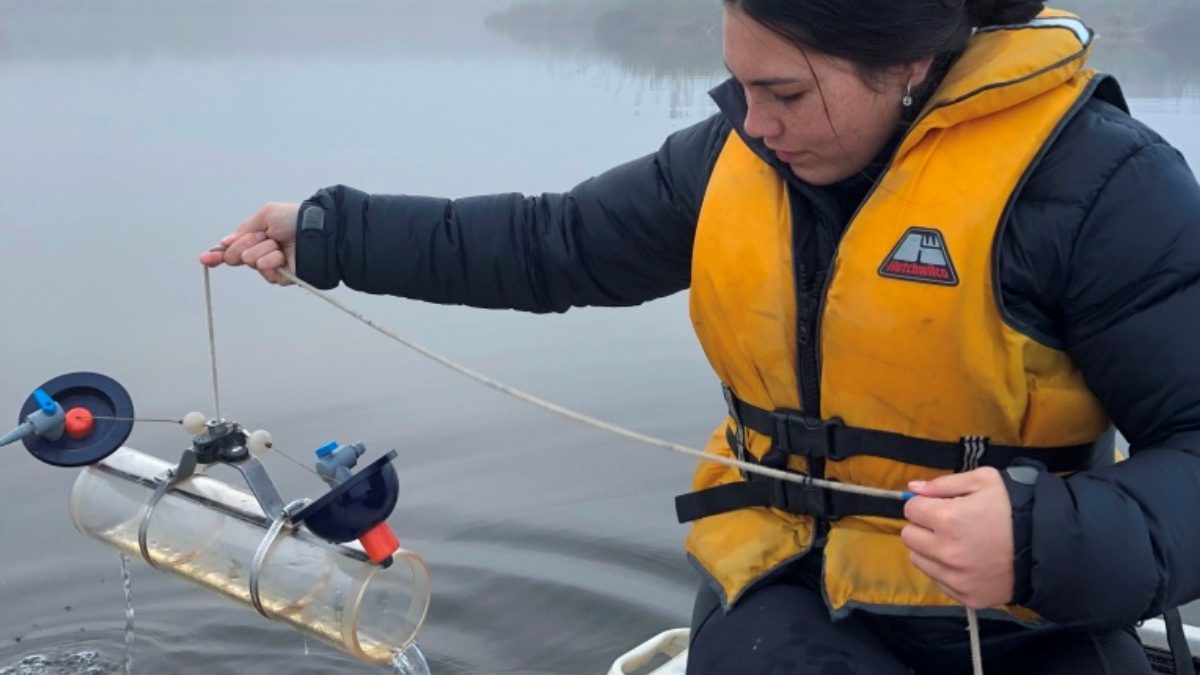Waikato Regional Council news

With temperatures beginning to warm up summer monitoring is due to begin at some of Waikato’s popular lake and river swimming spots.
Over four months from the beginning of December to the end of March, Waikato Regional Council will be checking for signs of E.coli, as well as cyanobacteria (the micro-organism that causes potentially toxic algal blooms), both of which can affect human health.
If significant bacteria are found a health warning will be issued to the public by the relevant local health board – either Waikato District Health Board or Toi Te Ora Public Health. Monitoring results and warnings are also published on the LAWA website: www.lawa.org.nz/explore-data/swimming.
Direct exposure to algal blooms can cause health effects such as skin rashes and stomach upsets. Hayfever and asthma may also worsen.
Waikato Regional Council environmental monitoring manager Dr Ed Brown said it’s not possible for the council to monitor all locations where people are in the water.
“So it’s always safest that you check the water before you get in. Algal hotspots include small lakes and side-arms of the hydro-lakes where water can be stagnant and the water temperatures higher than for flowing rivers.
“These factors can sometimes support the rapid growth of algae, resulting in very visible algal blooms, sometimes described as ‘pea soup’,” Dr Brown said.

monitoring officer collecting samples from one of 19
sites monitored for contaminants and toxic algae.
He said test results should be used for general guidance only. “Conditions can change between tests, and cyanobacteria and toxins are not evenly spread through lakes, so may be concentrated in some areas by wind and water movements. That means even where monitoring does occur it is important to check the water before you get in.
“You should also avoid swimming in rivers, streams and harbours for 48 hours after heavy rainfall events. That’s because the water is likely to be contaminated with animal faeces from rural and urban run off, causing a tummy bug, a sore throat or skin infection.
“If the water looks discoloured, smells unusual, or if there is scum on the surface of lakes or on the beds of rivers, swim or play somewhere else,” he said.
If concerned, members of the public who see a possible bloom, are urged to phone Waikato Regional Council on 0800 800 401.
Meanwhile, anyone who has been swimming and is concerned about their health is urged to contact their GP or the Public Health Unit of the Waikato District Health Board on 0800 800 977. For queries regarding Lake Taupō or the upper Waikato River from Taupō to Lake Maraetai, contact the Public Health Unit of the Bay of Plenty District Health Board on 0800 221 555.
Updates on health warnings can be found online:
- Waikato Regional Council: www.waikatoregion.govt.nz/algal-blooms-in-the-waikato-region
- LAWA: www.lawa.org..nz/explore-data/swimming
Photo 1: AWaikato Regional Council environmental monitoring officer collecting samples from one of 19 sites monitored for contaminants and toxic algae.
Photo 2: Visible algal blooms, sometimes described as ‘pea soup’, at Lake Waikare last month.

